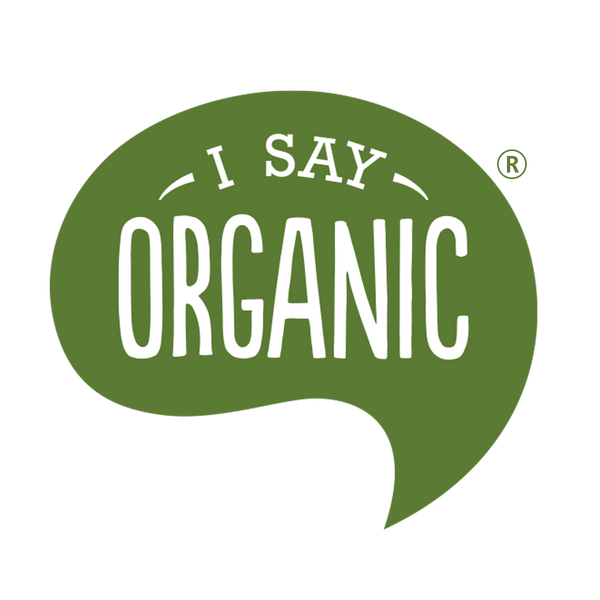Dear Customers,
We have decided to temporarily suspend our operations, as we revisit our original mission of transforming food systems.
Many of you have been our champions since we first launched our service in 2012. It has brought us immense joy to provide you with all you need to run an organic kitchen. Thank you!
We hope to meet you again (in a new form)!
Regards,
Team I Say Organic
